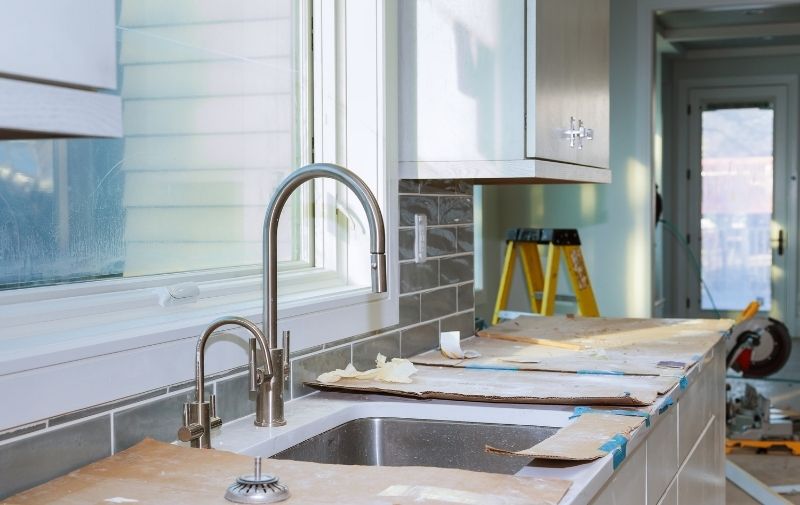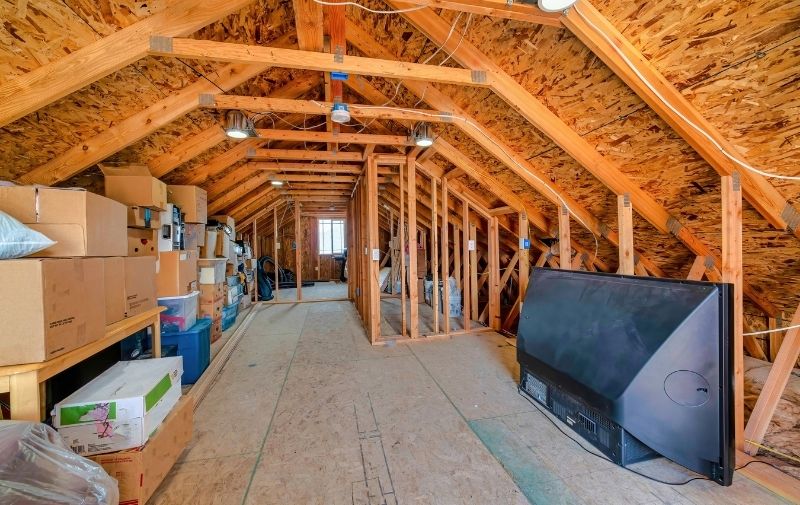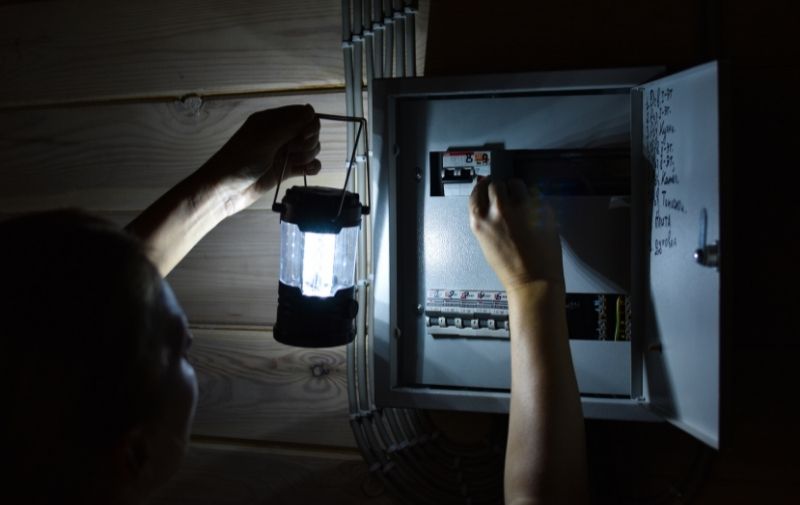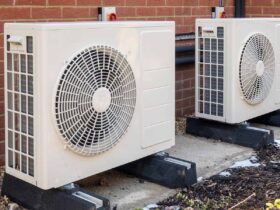Breathing is the most instinctive action we perform as humans. Without even thinking about it, we breathe in and out roughly 22,000 times per day, but what we should be thinking about is what we’re breathing in. What’s contained in the air we breathe inside our homes can affect us a great deal. When it comes to indoor air quality, you’ve got good questions that deserve good answers. We’re here to give them to you.

What Factors Contribute to the Air Quality in Your Home
There are several elements that contribute to the air quality inside your house. When you come and go, you’re bringing with you all sorts of dust particles and bacteria from the outside world. When you cook dinner, you’re sending fat and oil particles up into the air. If you’re doing a remodeling project of your kitchen or bathroom, there’s going to be tons of dust particles floating into the air. Those fresh flowers you have in a vase on your dining table? They’re full of pollen that’s entering the air you breathe. Even the weather has an impact on your home’s air quality; for example, the more humid it is, the more dust mites you will have in your house.
Why Indoor Air Quality Is Important
Having good air quality in your home is vital for maintaining the health of everyone in your household. If you have poor air quality, your health and that of your loved ones could suffer massively. According to the United States Environmental Protection Agency (EPA), some of these adverse health effects can include (but are not limited to):
- Irritation of the eyes, nose, and throat
- Headaches
- Dizziness
- Fatigue
- Respiratory conditions and diseases
- Heart disease
- Cancer

How to Tell If Your Indoor Air Quality Is Poor
Oftentimes, when we think of air pollution, we think of outdoor air, but did you know that indoor air can be anywhere from two to five times more polluted than outdoor air? This is a startling statistic that makes you realize just how common it is for people to live with poor air quality. Here are a few signs to look out for to determine if your home’s air quality is below average:
- Mold spots
- Unusual odors
- Hot or cold spots in your home
- Significant dust build-up (especially around vents and on surfaces)
How to Improve Your Indoor Air Quality
There are many easy steps you can take to get started on improving your home air quality. Some of our top recommendations include:
- Buying an AC filter – Getting an AC filter is a great way to improve your air quality. These devices are designed to remove impurities from the air in your home. Be sure to do your research on the best ones to buy and how often to change air filters so you can get the most out of yours.
- Creating a cleaning schedule – By cleaning your home regularly, you’re getting rid of harmful dust particles, bacteria, and pet dander that could be worsening your air quality. Be sure to vacuum, dust, and mop the surfaces in your home regularly.
- Invest in a Dehumidifier – This is especially important if you live in a particularly wet climate. Buying and using a dehumidifier can help lower the humidity levels in your home, which as we mentioned, will lower the number of harmful dust mites in the air.
Clearly, your home indoor air quality is incredibly important for your health and comfort. Fortunately, improving your indoor air quality has never been easier with the handy tips mentioned above.






















Leave a Reply